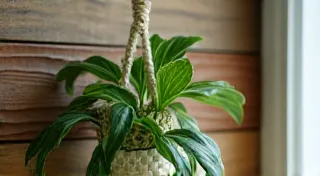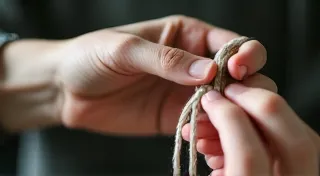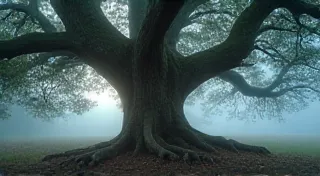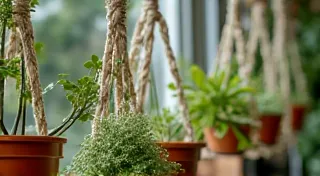Exploring Different Macrame Cord Materials: Cotton, Hemp & More
Welcome to the world of macrame! Before you dive into knotting techniques, it's important to understand the materials you're working with. Choosing the right cord can significantly impact the look, feel, and durability of your macrame projects. This guide explores various macrame cord materials, outlining their characteristics and best uses. Let's unravel the possibilities!
Why Cord Material Matters
Macrame isn't just about the knots – the cord itself is a crucial element. Different materials offer unique textures, strengths, and aesthetics. Consider these factors when selecting your cord:
- Aesthetics: What look are you trying to achieve? Rustic, bohemian, modern?
- Durability: How long do you want your project to last?
- Ease of Knotting: Some cords are easier to manipulate than others, especially for beginners.
- Cost: Prices vary significantly depending on the material and thickness.
Popular Macrame Cord Materials
Let’s explore some of the most commonly used materials:
Cotton Cord
Cotton cord is arguably the most popular choice for macrame, particularly for beginners. It's relatively inexpensive, soft to work with, and comes in a wide range of colors and thicknesses. If you’re just starting, having the right Macrame Tools & Supplies can really make a difference in ease of use. Many beginners find cotton to be the easiest to learn the basic knots with.
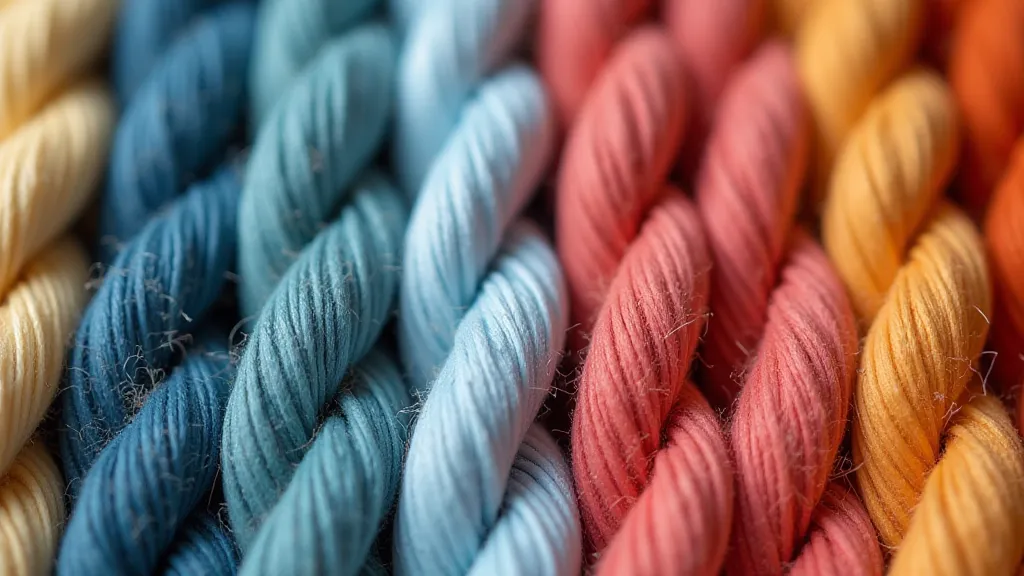
Hemp Cord
Hemp cord brings a rustic, natural look to your macrame projects. It’s a strong, durable option derived from the hemp plant. While hemp offers a fantastic natural aesthetic, consider that the texture can be quite rough. Mastering the basic knots is essential for any macrame project; even with a tougher material like hemp, a simple wall hanging is a great starting point.
Jute Cord
Similar to hemp, jute cord offers a very rustic and textured appearance. It’s even stronger than hemp. The strength of jute makes it ideal for larger projects, but its inherent stiffness requires practice and potentially some adjustments to your knotting technique. For those new to the craft, the process might seem daunting, but even trying a simple wall hanging can provide a valuable learning experience.
Synthetic Cords (Nylon, Polyester)
Synthetic cords like nylon and polyester are increasingly popular for macrame. They offer excellent durability and often come in vibrant colors. Many find the wide range of colors available in synthetic cords allow for a level of creativity not possible with natural options. However, be mindful that these materials are typically less eco-friendly compared to natural fibers. Creating beautiful designs often involves considering color palettes, which is a key consideration when choosing your materials. Experimenting with different macrame color combinations can really elevate your creations.
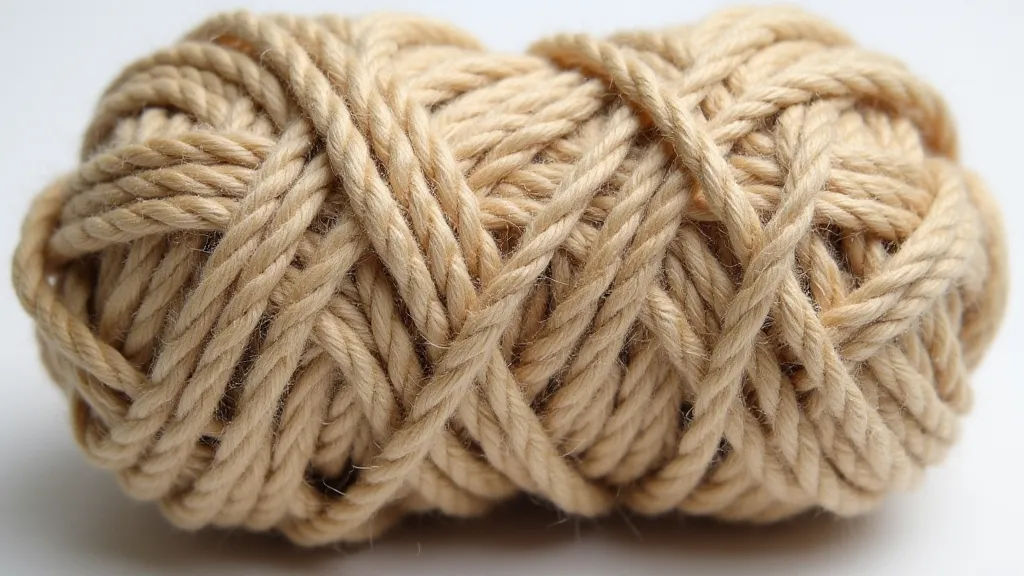
Cerated Rope
Cerated rope (also known as twisted nylon or polypropylene) has a distinctive ridged or ribbed texture. These ridges help to grip the knots and create a unique visual effect. The distinctive texture of cerated rope can significantly influence the final look of your project, adding a unique tactile element. The rigidity of the cord also means it tends to hold its shape well, resulting in a more defined knot structure.
Choosing the Right Cord for Your Project
Ultimately, the best macrame cord material depends on your individual preferences and project requirements. Consider these questions:
Beyond these considerations, remember that creating visually appealing macrame often involves harmonizing different elements. Experimenting with color combinations is a crucial skill. Learning how to combine colors effectively can dramatically enhance the overall aesthetic of your work. The principles of color theory can be incredibly valuable here. Consider creating a mood board with images of macrame projects you admire. This can help you clarify your vision and identify the colors that resonate with you.
Also, the tools you use can impact the final result. While not strictly related to the cord material, having quality macrame tools and supplies can make the process much easier and more enjoyable. Sharp scissors, a good measuring tape, and a comfortable work surface are essential.
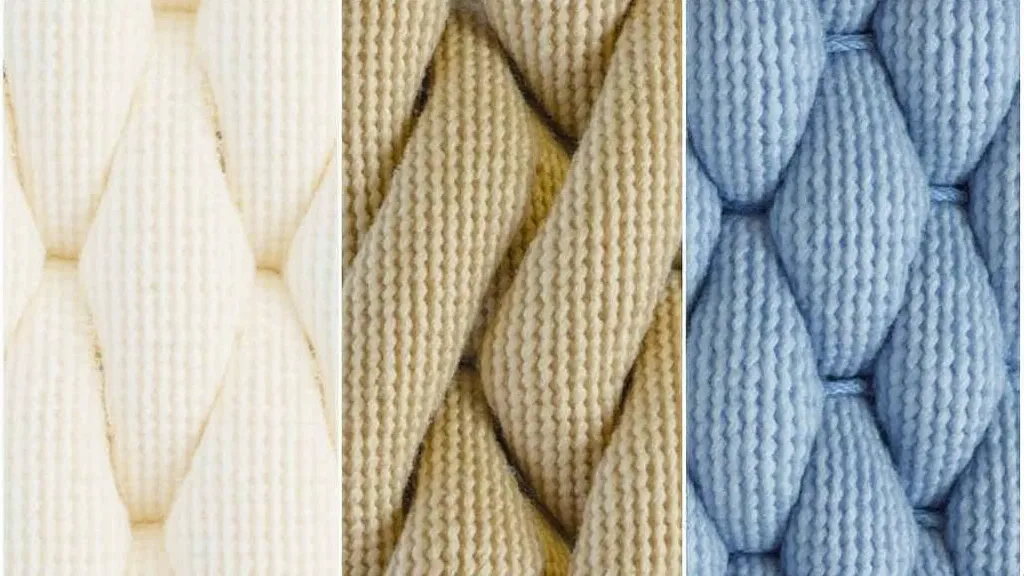
Experiment and Enjoy!
Don't be afraid to experiment with different cord materials to discover what you like best. Macrame is a creative process, so have fun and explore the possibilities! There's no single 'right' way to macrame; it's about finding what works best for you and expressing your creativity. Combining different materials can also lead to surprising and beautiful results. For instance, you could use cotton for the main knots and jute for accents to add texture and visual interest. The possibilities are truly endless!
